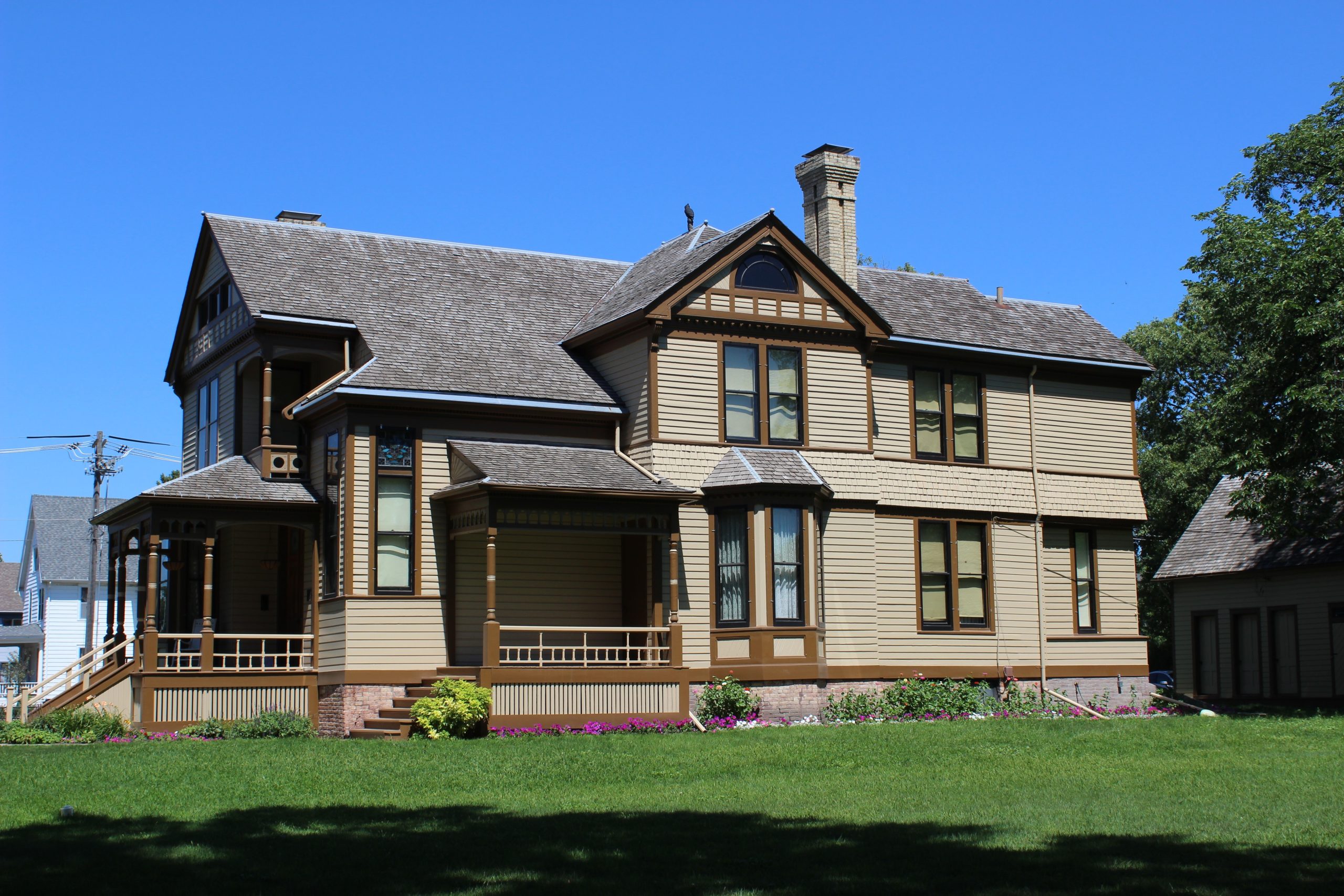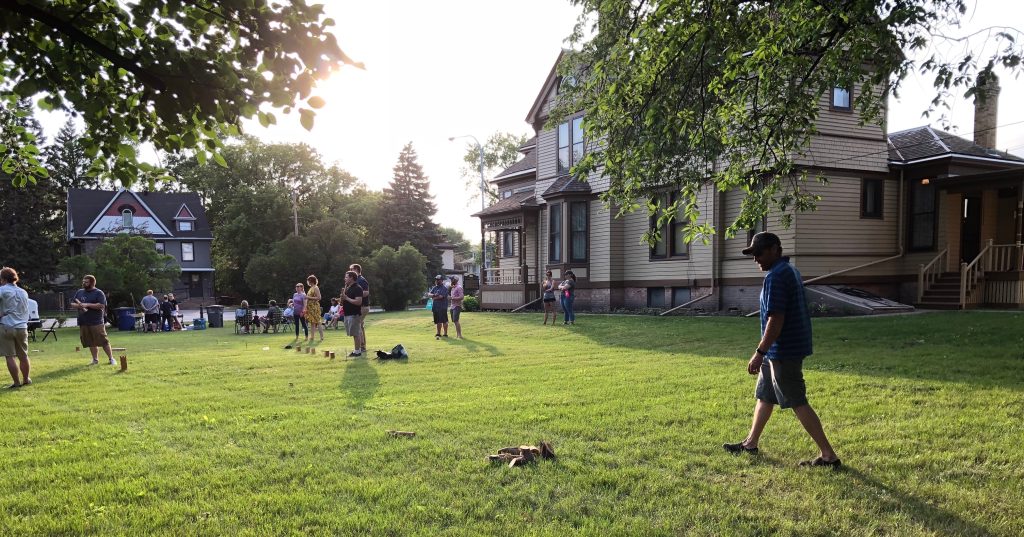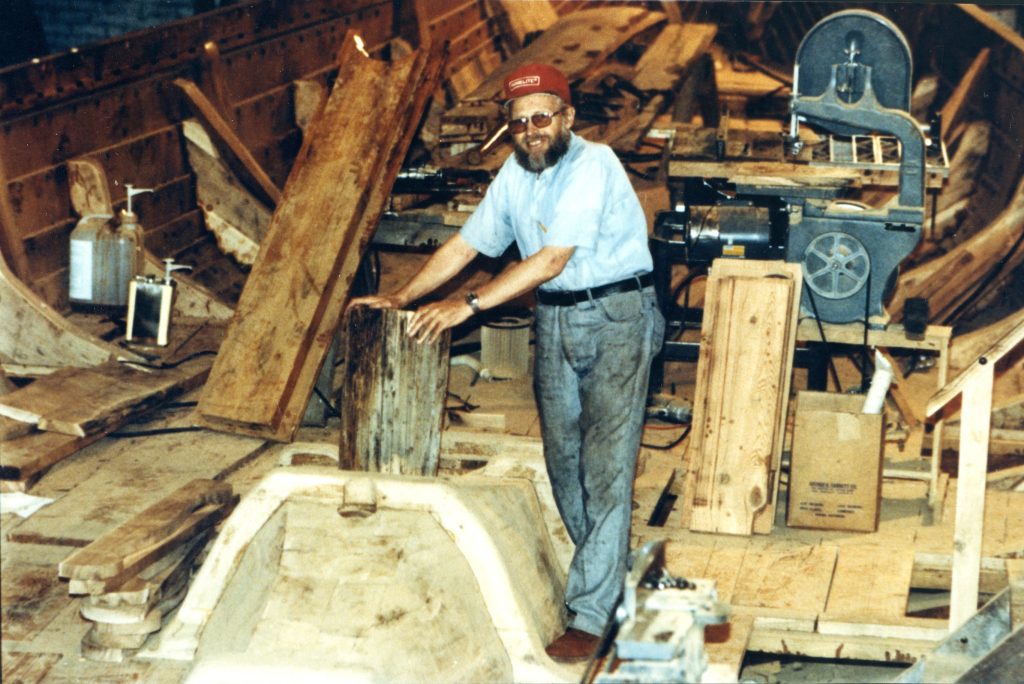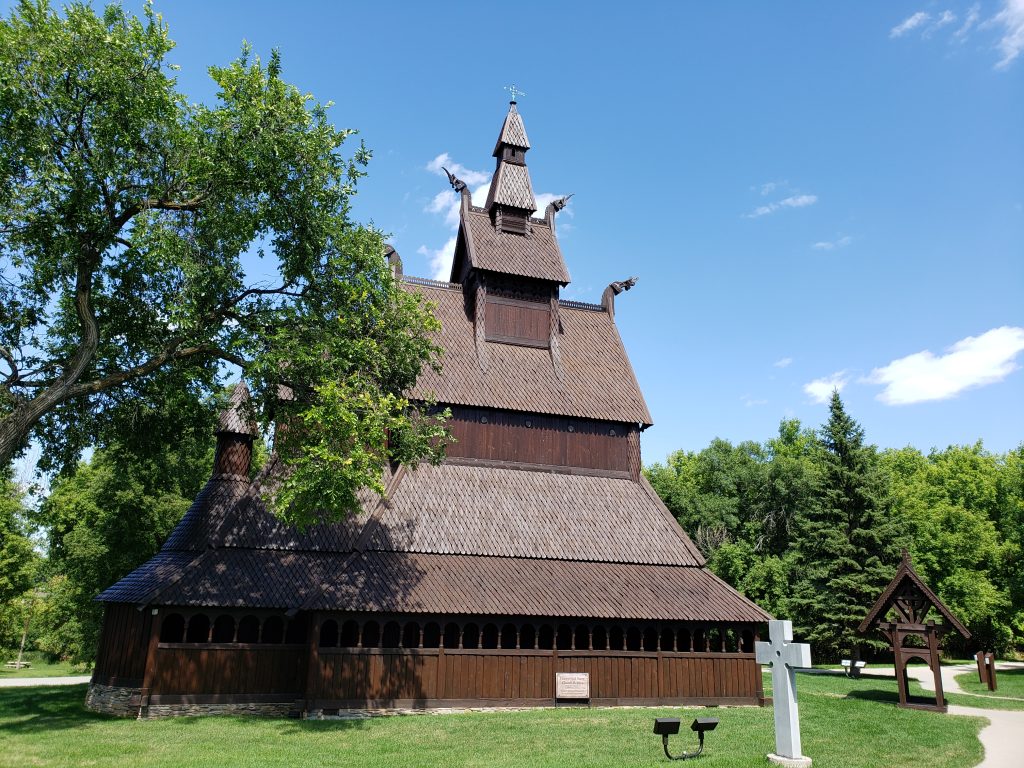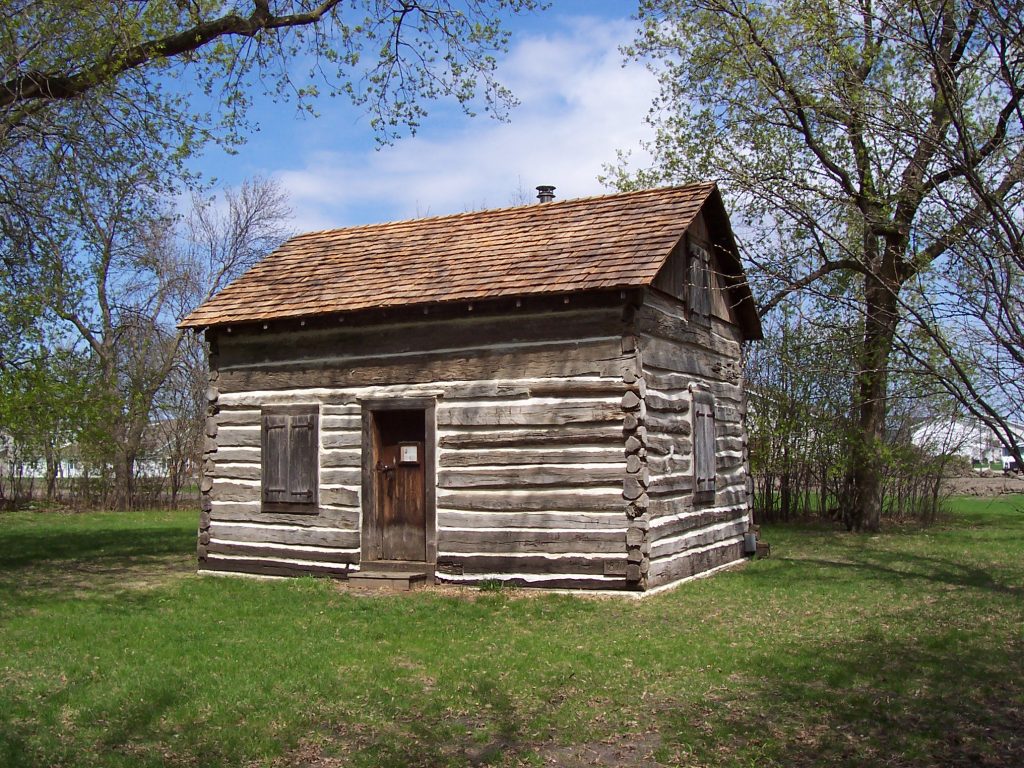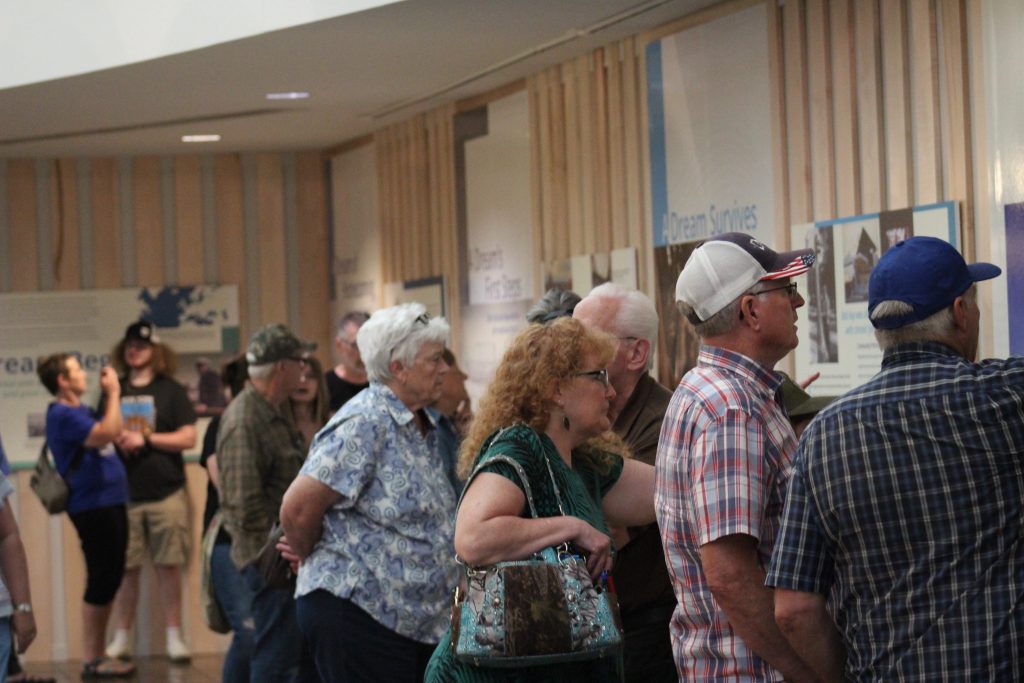The Historical and Cultural Society of Clay County, Minnesota’s (HCSCC) mission is to collect, preserve, interpret and share the history and culture of Clay County. Located in Moorhead, the largest city in northwest Minnesota, its main feature is telling local stories. Indeed, the community has participated in the construction of the two major iconic buildings that establish the foundation of the society’s museum. HCSCC is doing its community work with thoughtful, collaborative programs and meaningful collections.
The museum in the City of Moorhead’s Hjemkomst Center includes two major Viking replicas, the Hjemkomst Viking Ship and Moorhead’s Hopperstad Stave Church, as well as exhibitions, lectures, and festivals that invite the entire community including school programming where effective opportunities for museum education lies. The Society also preserves the 1870 Bergquist Cabin and the 1895 Rollag One-room Schoolhouse, listed in the National Park Service’s National Register of Historic Places.
As a landlocked portion of the Upper Midwest, Moorhead certainly doesn’t conjure up images of ships and the open sea. However, many ancestors of today’s residents were seafaring people. Vikings ruled the Northern European seas from the 8th through the 11th centuries. They traveled, explored and traded far and wide, and settled in lands as distant as L’Anse aux Meadows in Newfoundland, Canada. Essential to their commanding influence was the longship, a vessel adapted for both sailing the high seas and navigating shallow rivers. Because of this maritime invention, the Vikings left their mark on a wide swath of the world.
In 1971, Viking descendant, Robert Asp decided that he would return to the sea. This Moorhead Junior High School guidance counselor had a dream of building a Viking ship. It seemed a fascinating, yet an unattainable and impossible dream. Just a dream. He persevered. He estimated it would take two years and 50 of the necessary flexible white oak trees. When the ship was completed in 1980, the wall of the building had to be torn down to remove the ship. The ship was transported to Duluth harbor in August where Asp sailed it for the first and tragically for the last time.
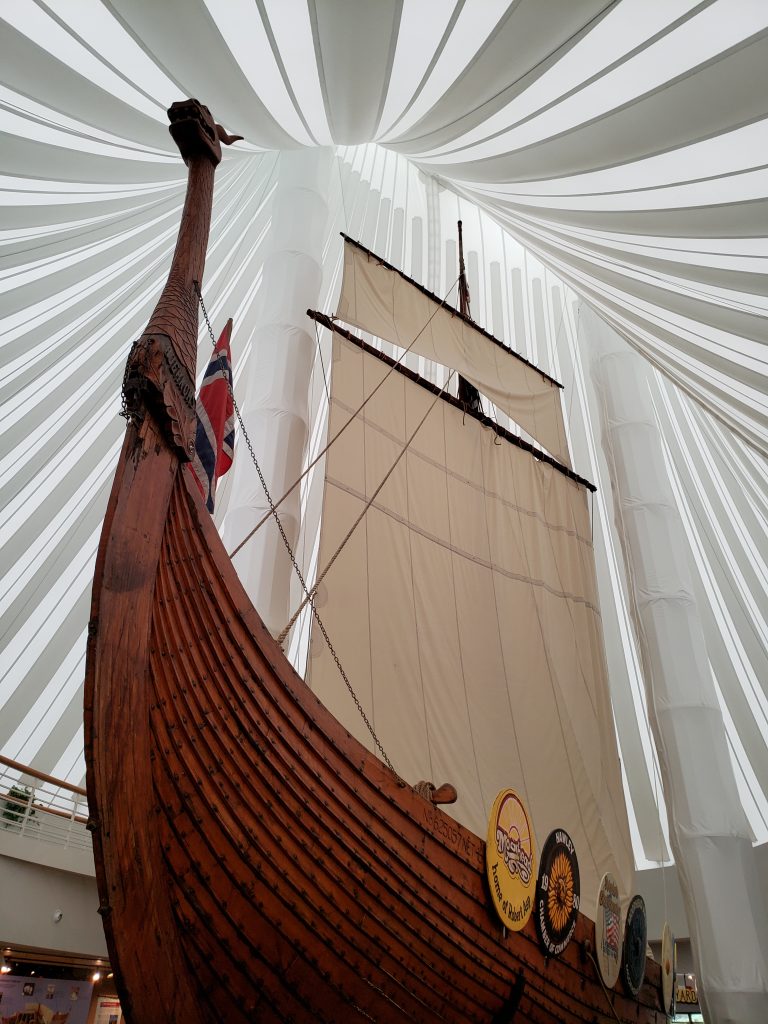
After he died of leukemia in December 1980, his wife and children saw his dream to fruition by raising the funds to hire crew to sail the ship from Duluth through New York’s canal system to the Hudson River and down to New York harbor. Four of the Asp children were on the crew that set sail. The ship finally landed in Bergen, a voyage of about six weeks. Remaining in Norway while the museum was being built, the ship then returned to the U.S. on a freighter.
Visitors to Moorhead today view an exhibit that was installed in 2022 for the 40th anniversary of the voyage. There is also a video on the ship’s construction and sailing with the crew reminiscing in 2012, some 30 years later. You can access a 1980s video on Youtube entitled The Hjemkomst of Robert Asp. It’s a wonderful inspiring narrative about American grit and community determination that today encourages hope to everyone, young and old. And it became an inspiration for yet another extraordinary example of community involvement.
Outside in Viking Ship Park, the Hopperstad Stave Church, one of only four life-size stave churches in the US, is a full-scale replica of the Hopperstad Stave Church in Vik, Norway. Stave churches were built in and around Scandinavia using the technique of vertical posts or staves (staver in Norwegian are poles.) to construct massive buildings from the waning years of the Viking Age. Completed in 1998, this replica also stands as a testament to Norwegian culture and heritage in the Midwest, particularly in understanding the culture of Nordic immigrants.
The church is 72 feet high with 18 staves, each standing 27 feet tall. The main structure is pine from Minnesota. The replica’s creator, Gaylor “Guy” Paulson was born in 1937 in Haakon County, South Dakota. His paternal grandfather Jens Paulson emigrated from Norway with his family in 1904 to farm the South Dakota prairie. Although modern construction methods and tools were used, Paulson produced all the carvings by hand. Since its dedication, the replica has been used for tours, weddings and other community events.
In spite of these two very large important artifacts being about Scandinavian heritage, the museum is not a completely Scandinavian heritage facility. On two lower levels of the Museum there are changing local history and art exhibits. As Executive Director Maureen Kelly Jonason, explains, “We consider our entire museum an educational facility. Approximately 1,500 elementary school children a year come here as class groups. High schoolers and college students also come. Classes in medieval history have benefited from a visit. Most recently, and perhaps uniquely, students in digital humanities from Grinnell College in Iowa traveled here with their professor to examine the ship and go through our archives. Their project is to create a VR experience of being on the Gokstad, the Viking burial ship on which our ship was based.”
HCSCC also manages the Comstock House, a historic Victorian mansion in south Moorhead that once belonged to Solomon Comstock, a prominent businessman and legislator and his family. The Bergquist Cabin, constructed in 1871 by Swedish immigrant John Gustav Bergquist, is the oldest house in Moorhead on its original frontier site and is listed on the National Register of Historic Places.
Every June during Midsummer weekend, the HCSCC hosts the Scandinavian Festival at Hjemkomst Center. Produced by the Nordic Culture Club, a consortium of the five Scandinavian culture clubs in the community, the festival focuses on immigration-era traditions as well as modern Scandinavian culture. It also highlights the prominent Nordic heritage of the Red River Valley where roughly 50% boasts some Scandinavian heritage.
Performances and demonstrations are held throughout both days of the Scandinavian Festival in the Viking Ship Park, Hopperstad Stave Church, and the Hjemkomst Center’s Heritage Hall. Inside the Hjemkomst Center, visitors find the Nordic Marketplace, where they can shop for Nordic merchandise, sample Nordic foods, and enjoy performances ranging from an Icelandic Pianist to Nordic Dancers and Hardanger Fiddlers. Sweden will be the featured country in 2024. Executive Director Maureen Kelly Jonason explains, “Our museum is inherently educational and all of our programs engage visitors in a variety of ways that help expand their world view and inform their judgement.”
Side of culture: At the annual Scandinavian Festival, there is a “Tastes of Scandinavia” Food Court, hosted by the area Nordic Clubs where visitors indulge in both new and traditional Nordic foods, including lefse (traditional soft Norwegian flatbread), lingonberry (grown abundantly in northern Europe) meatballs and Viking-on-a stick (deep-fried meatballs on a stick). In addition, the nearby Fargo Sons of Norway Kringen Lodge offers light lunches, and it is possible to purchase lefse and rømmegrøt (warmed Norwegian porridge), also called the Norwegian comfort food, there. Prairie Kitchen restaurant in Fargo, North Dakota offers Nordic design and some Nordic-inspired foods.
By Cynthia Elyce Rubin. Photos also by Cynthia Elyce Rubin.

